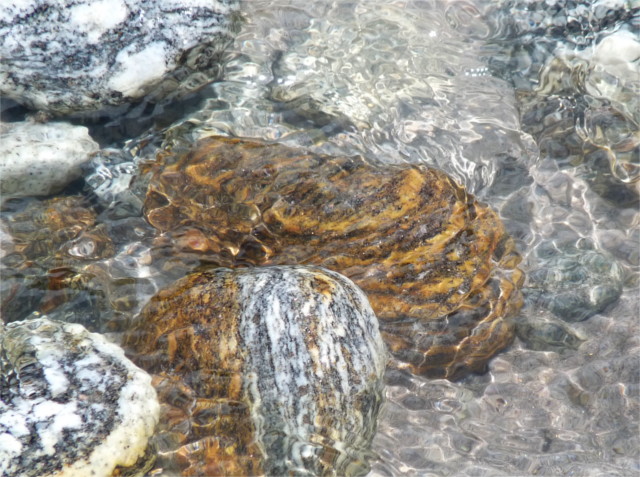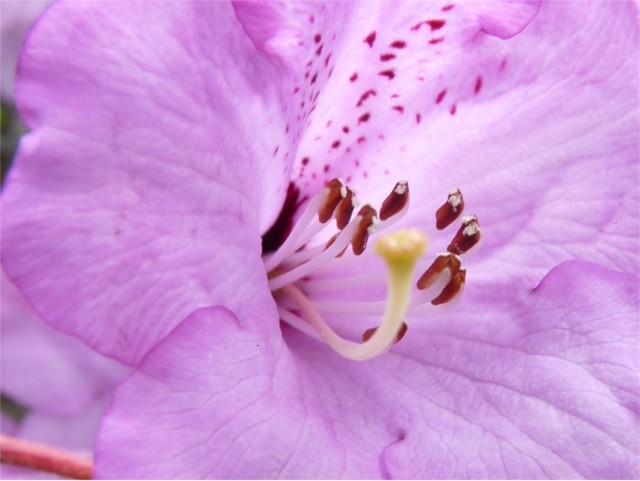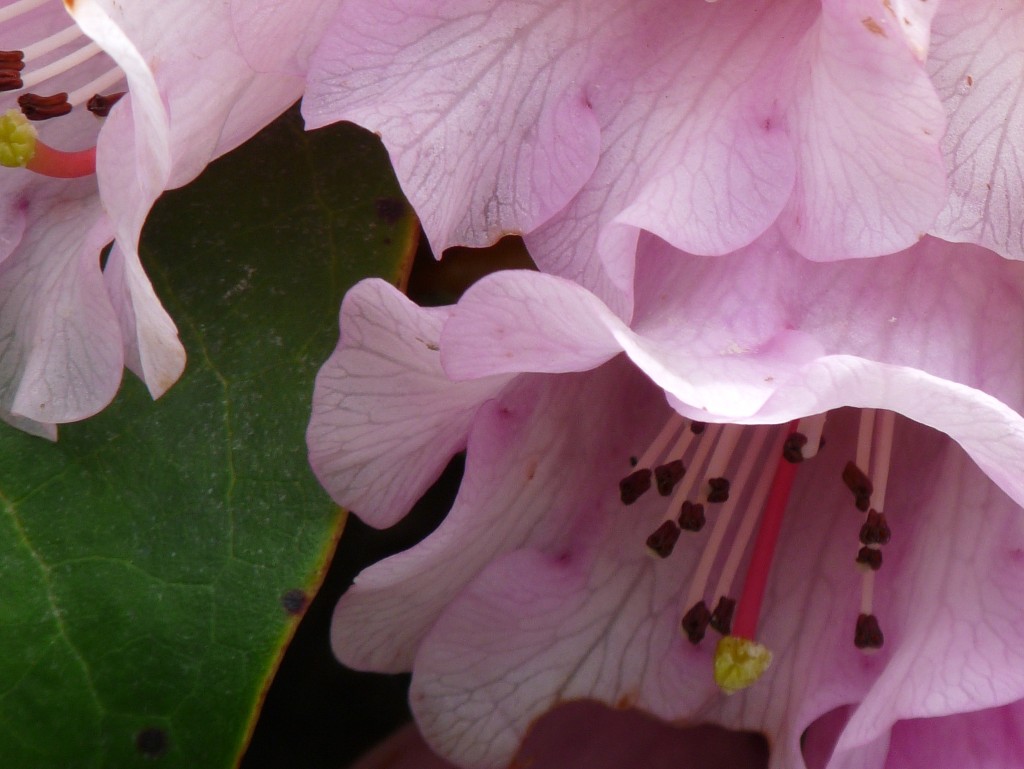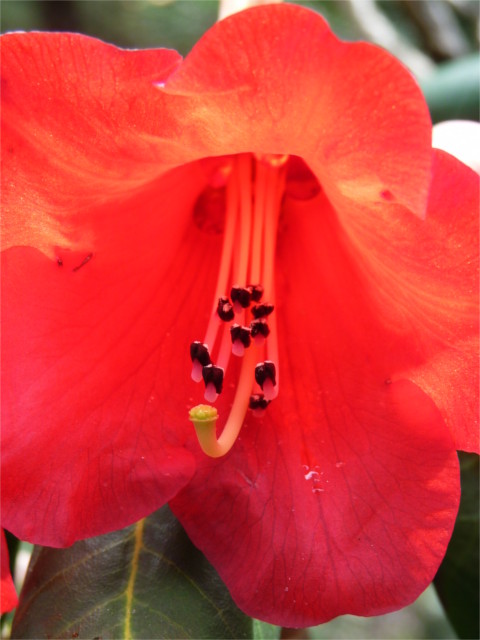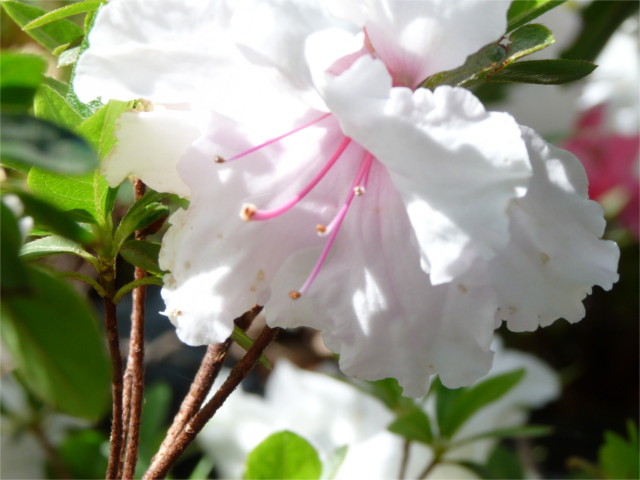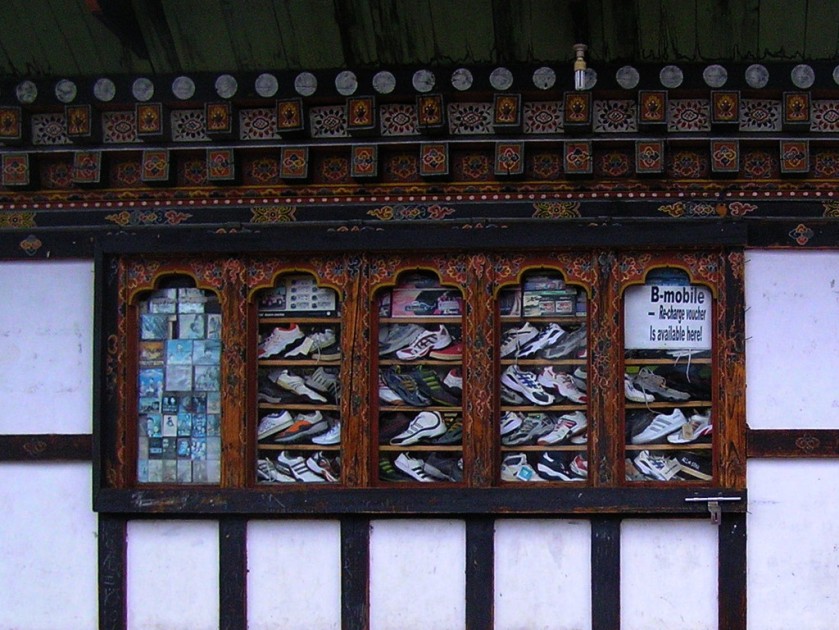We stayed the night in a homestay in Lachung village. The village is named after the river it is on. In the morning we followed the river to Yumthang valley. We were on a trip to Sikkim, eleven years and eleven days ago. The road took us through a rhododendron sanctuary. I remember colours of rhododendron that I have not seen elsewhere. Purples, light reds, greenish yellow, and funereal white. It is an amazing sight, and one that I was planning to take my niece to see at the beginning of this month. Unfortunate that the country was locked down, and she was infected (she recovered very quickly). It will be another year before we can try to take that trip again.
The road continues to the open valley bordered by high mountains. It was cloudy, and extremely windy. Through the clouds we could see glaciers coming down the slopes of the surrounding mountains. Some people had camped there. I dipped a hand into the river. Cold. I was happy with a night in Lachung. There were trout in a holding pond. You are allowed to fish in the river. Was the trout supposed to be released back into the water?
It was a great place for photos. I wandered around taking in the primula, the irises, the glaciers. There were even butterflies; I got a photo of the Indian Tortoiseshell (Aglais caschmirensis). It was a lovely place, but by late morning I had a feeling that a spot of tea would come in handy. That’s one thing this place did not have. I wished I had thought of carrying a thermos full of tea up here.

They let the Zebra and the Giraffe get up; and Zebra moved away to some little thorn-bushes where the sunlight fell all stripy, and Giraffe moved off to some tallish trees where the shadows fell all blotchy.
‘Now watch,’ said the Zebra and the Giraffe. ‘This is the way it’s done. One—two—three! And where’s your breakfast?’
Leopard stared, and Ethiopian stared, but all they could see were stripy shadows and blotched shadows in the forest, but never a sign of Zebra and Giraffe. They had just walked off and hidden themselves in the shadowy forest.
Rudyard Kipling, in “How the Leopard got His Spots”, Just So Stories
Dotted and striped patterns arise repeatedly in nature: butterflies, flowers, fish, big cats. Kipling’s story seems to be verified by biologists. But what is the genesis of such patterns? In 1952 Alan M. Turing made an observation that people have built on since then. He wrote: “It is suggested that a system of chemical substances, called morphogens, reacting together and diffusing through a tissue, is adequate to account for the main phenomena of morphogenesis. Such a system, although it may originally be quite homogeneous, may later develop a pattern or structure due to an instability of the homogeneous equilibrium, which is triggered off by random disturbances.” The featured photo of the river in Yumthang explains what Turing meant. Imagine a tub of perfectly still water. Sunlight falling on it would illuminate the bottom of the uniformly. Now take the random winds that disturb water in a river, and the random placing of obstructions below. The net effect is a series of interlocking ripples which refract the water and give that dotted pattern of shadows on river bottom. Turing realized that patterns in nature could arise in the same way, due to the flow of pigments being disturbed during the early development of the organism. Subsequent authors have studied and begun to understand how these patterns are formed by the actions of genes, and how they are inherited.
